Television Production Handbook Chapter 6
1/23
There's no tags or description
Looks like no tags are added yet.
Name | Mastery | Learn | Test | Matching | Spaced |
|---|
No study sessions yet.
24 Terms
Beam Splitter
compact internal optical system of prisms within a television camera that separates white light into the three primary colors: red, green, and blue

Brightness
the color attribute that determines how dark or light a color appears on the monochrome television screen or how much light the color reflects
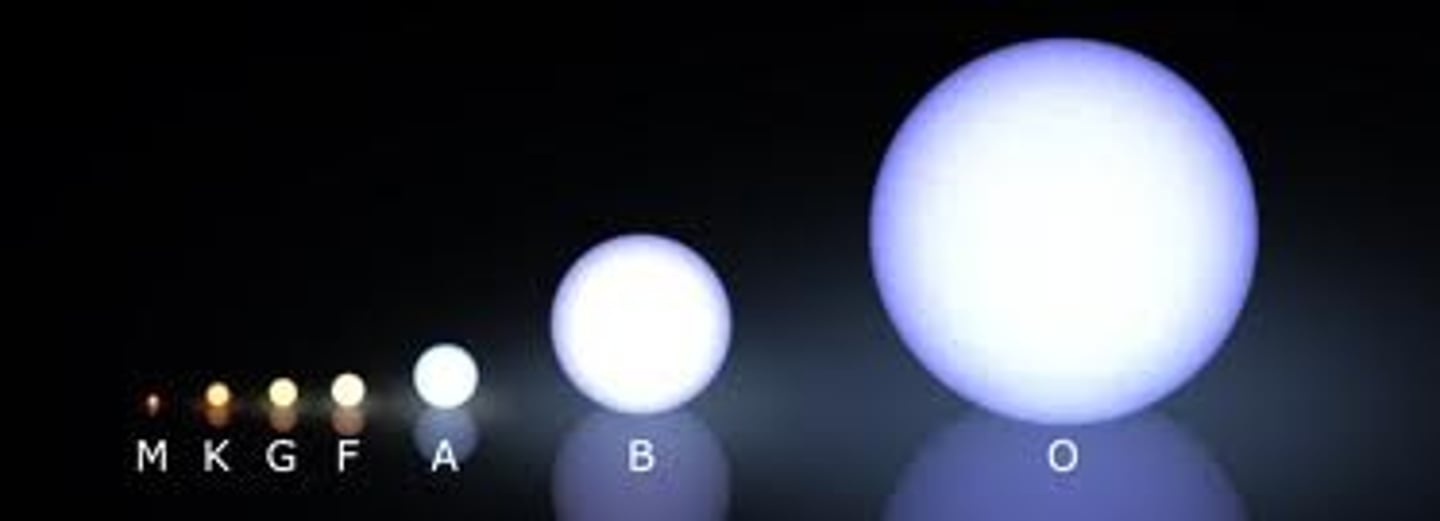
camcorder
a portable camera with the videotape recorder or some other recording device built into it to form a single unit
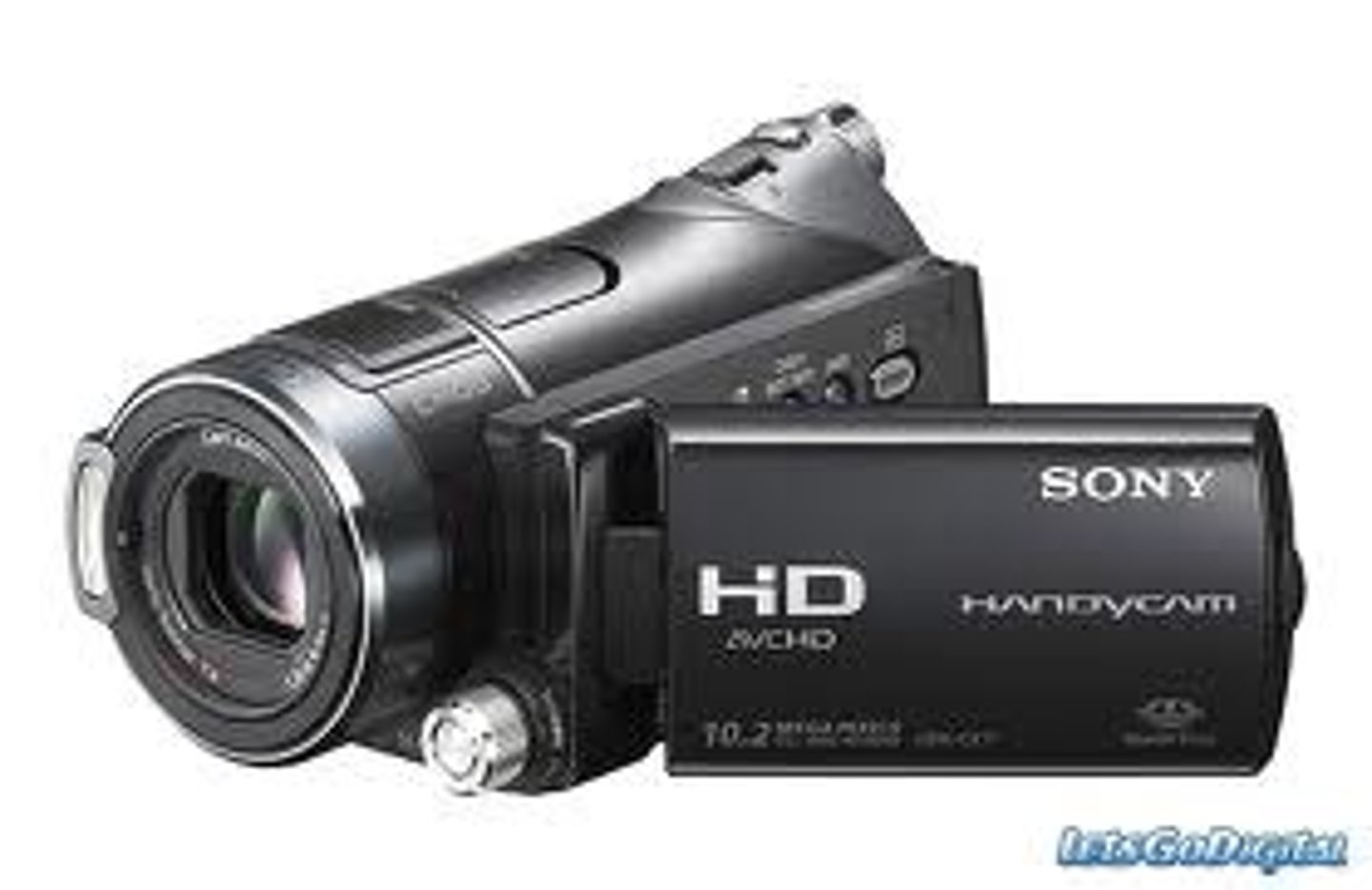
camera chain
the television camera (head) and associated electronic equipment, including the camera control unit, sync generator, and power supply
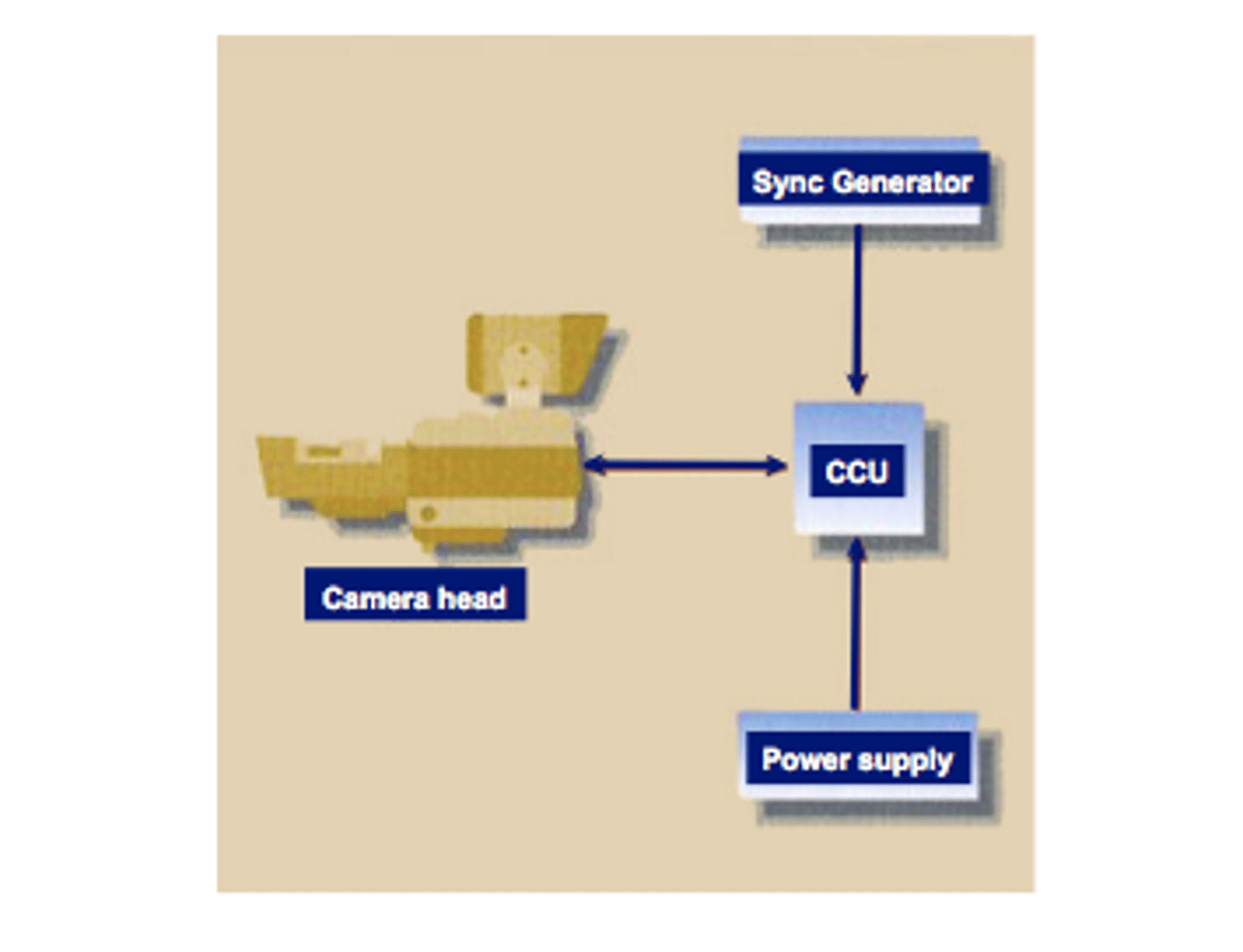
camera control unit
equipment, separate from the camera head, that contains various video controls, including color fidelity, color balance, contrast, and brightness. the ccu enables the video operator to adjust the camera picture during a show.
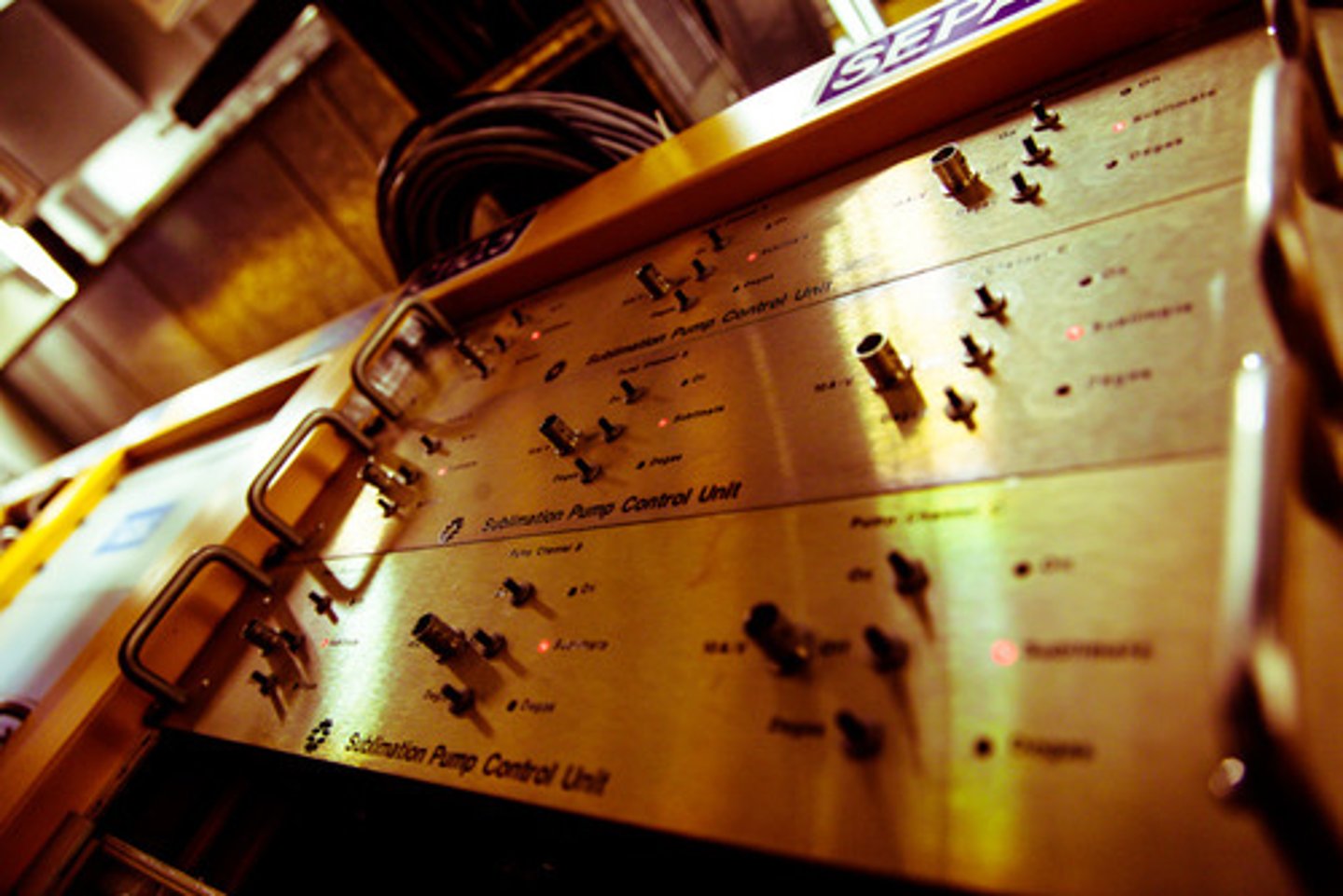
charge couple device
the imaging sensor in a television camera. it consists of horizontal and vertical rows of tiny image-sensing elements, called pixels, that translate the optical image into an electric charge that eventually becomes the video signal.
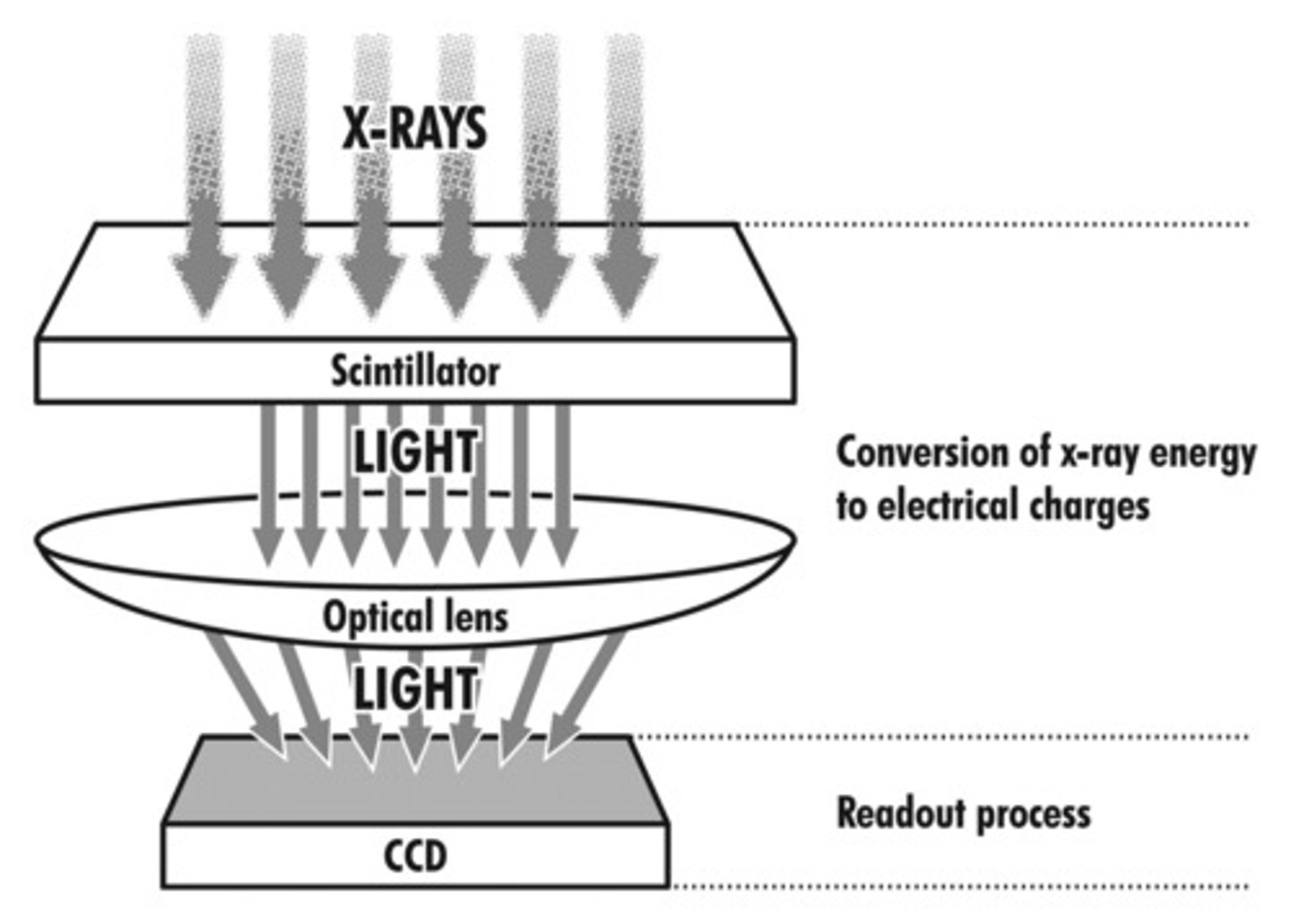
CMOS
a camera imaging sensor similar to a ccd but which operates on a different technology. it translates light into an electronic video charge that eventually becomes the video signal.
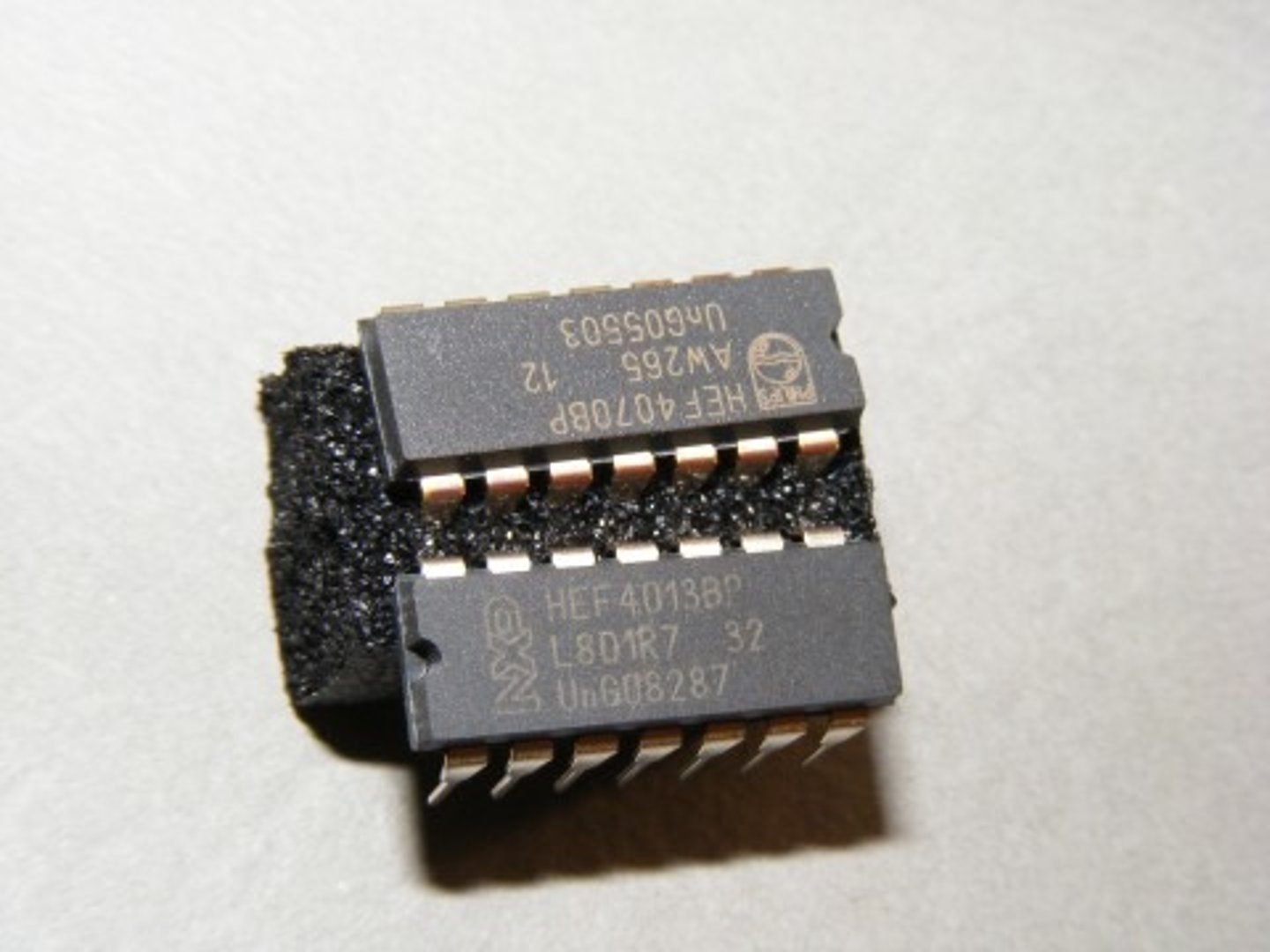
contrast ratio
the difference between the brightest and the darkest portions of the picture
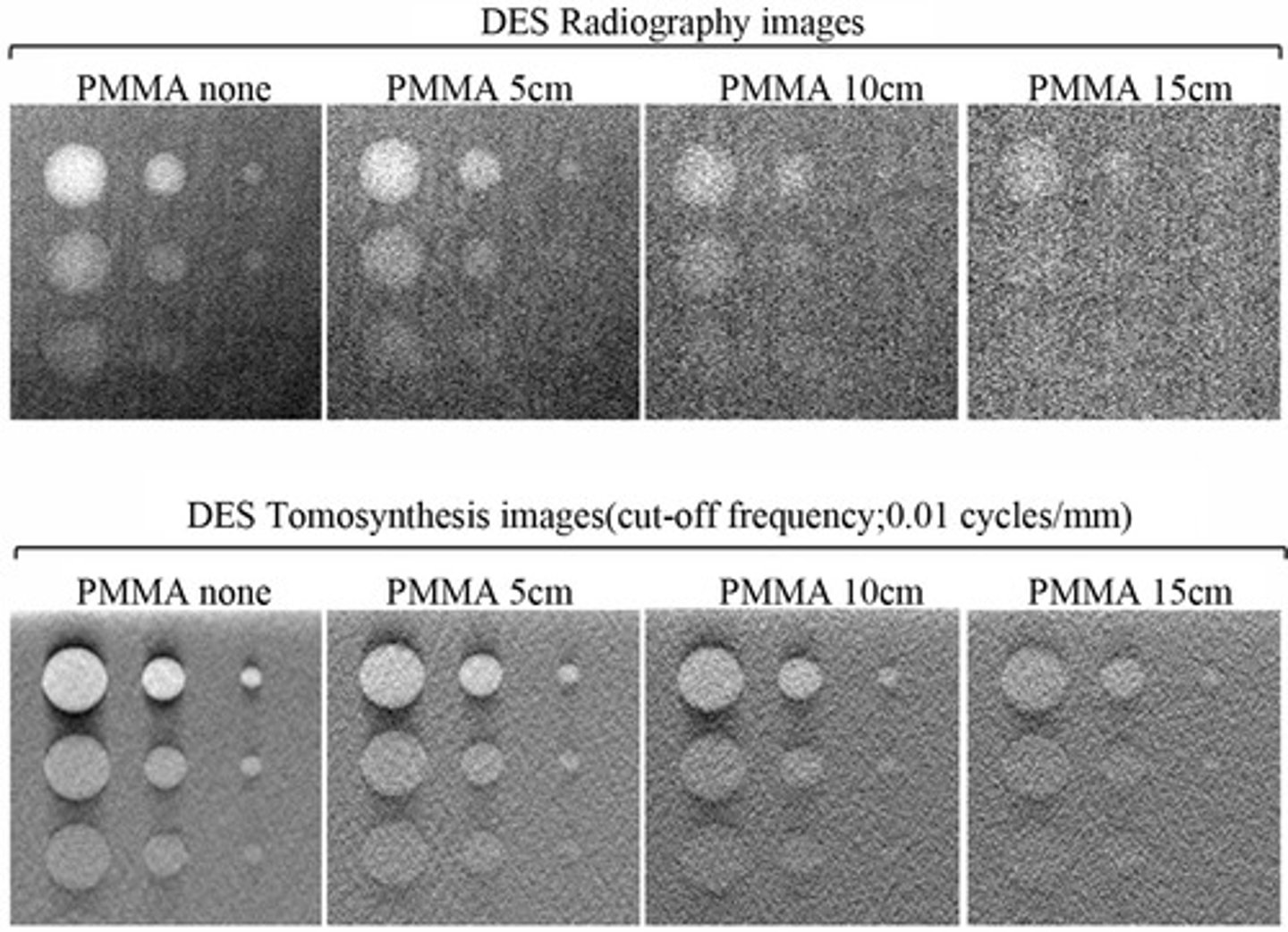
digital cinema camera
a HD television camera with sensors that can produce extremely high-resolution pictures exceeding 4K pixels per line. it records on videotape or memory cards, with a variable frame rate for normal, slow, and accelerated motion capture.
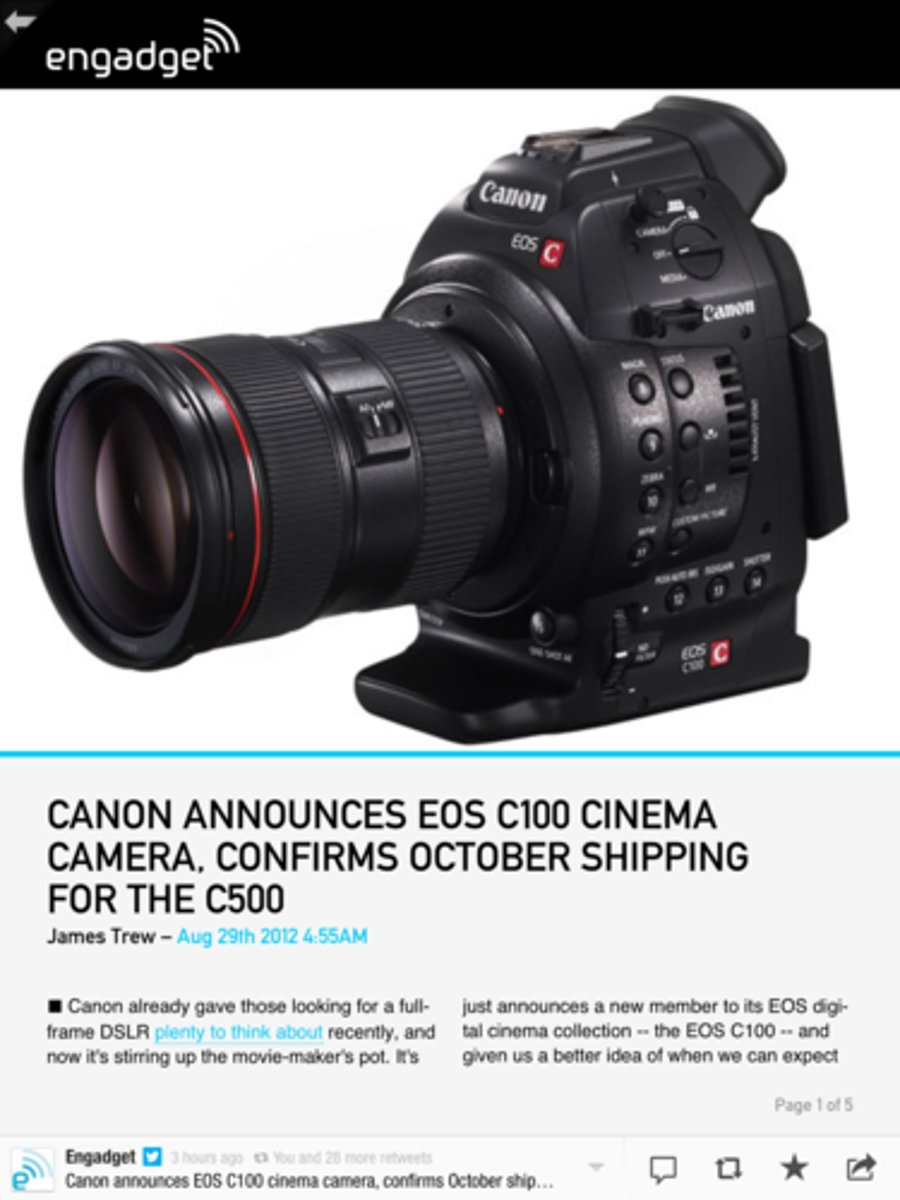
EFP camera
high quality portable, shoulder mounted field production camera that must be connected to an external video recorder

ENG/EFP camera
high quality portable field production camera with the recording device built in
grayscale
a scale indicating intermediate steps from TV white to TV black. Usually measured with a nine step scale for standard tv.
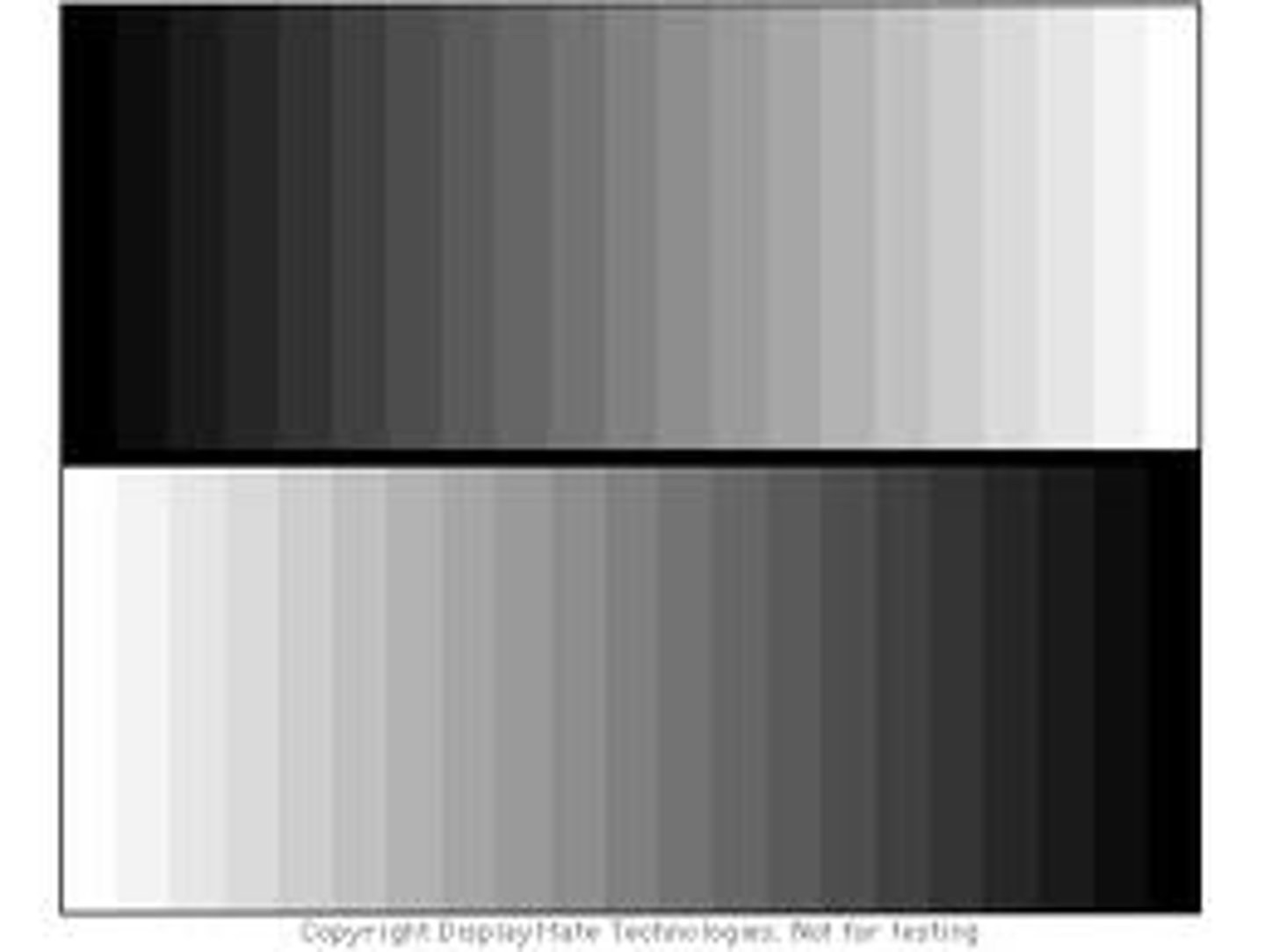
HDTV camera
video camera that delivers pictures of superior resolution, color fidelity, and light and dark contrast; uses high-quality imaging sensors and lenses.

HDV (video)
a recording system that produces images of the same resolution as high definition television with equipment that is similar to standard digital video camcorders. the video signals are much more compressed than HDTV, which results in lower overall video quality
hue
one of the basic color attributes; hue is the color itself
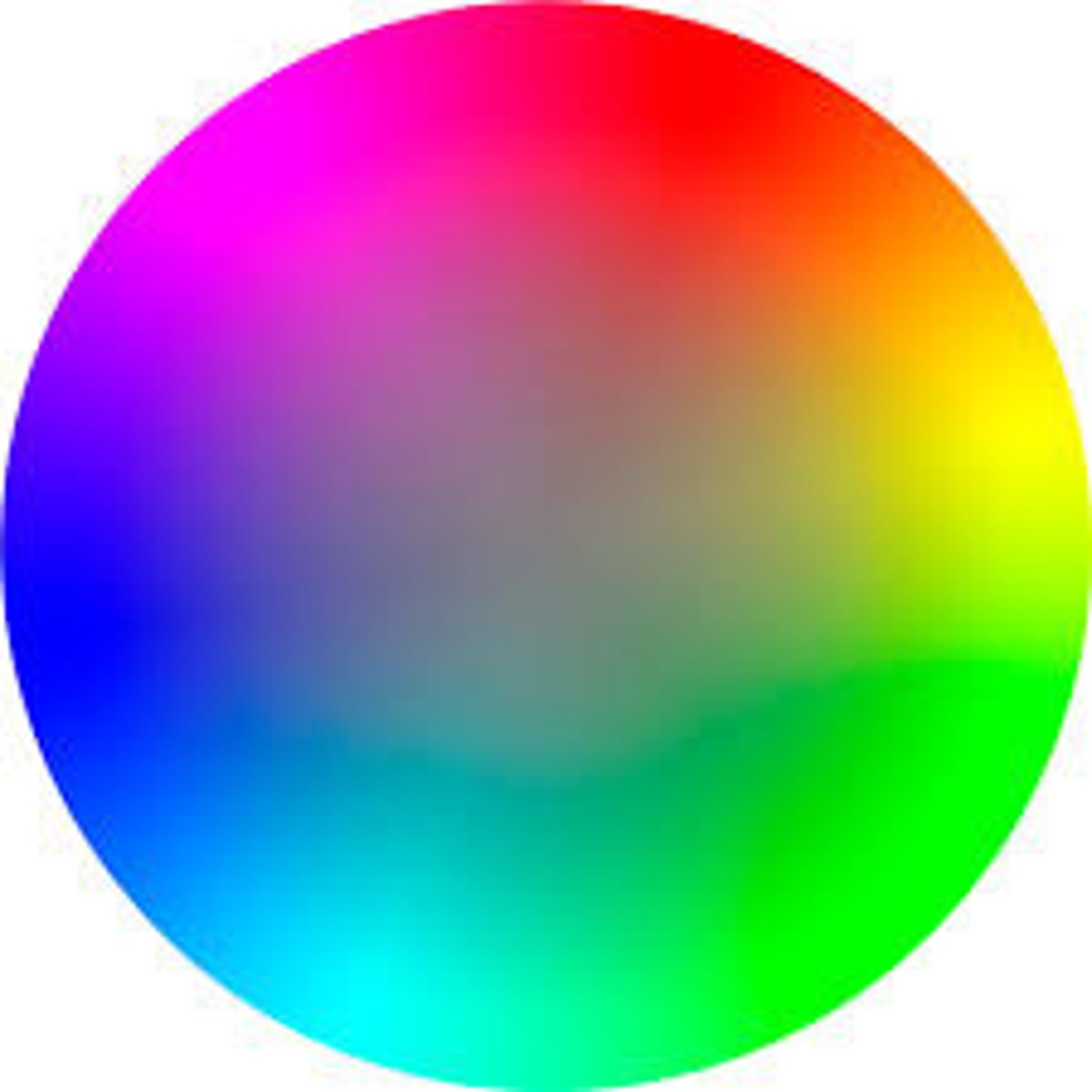
imaging deivce
imaging element in a tv camera. its sensor (ccd or cmos) transudes light into electric energy that becomes the video signal; also called chip or sensor
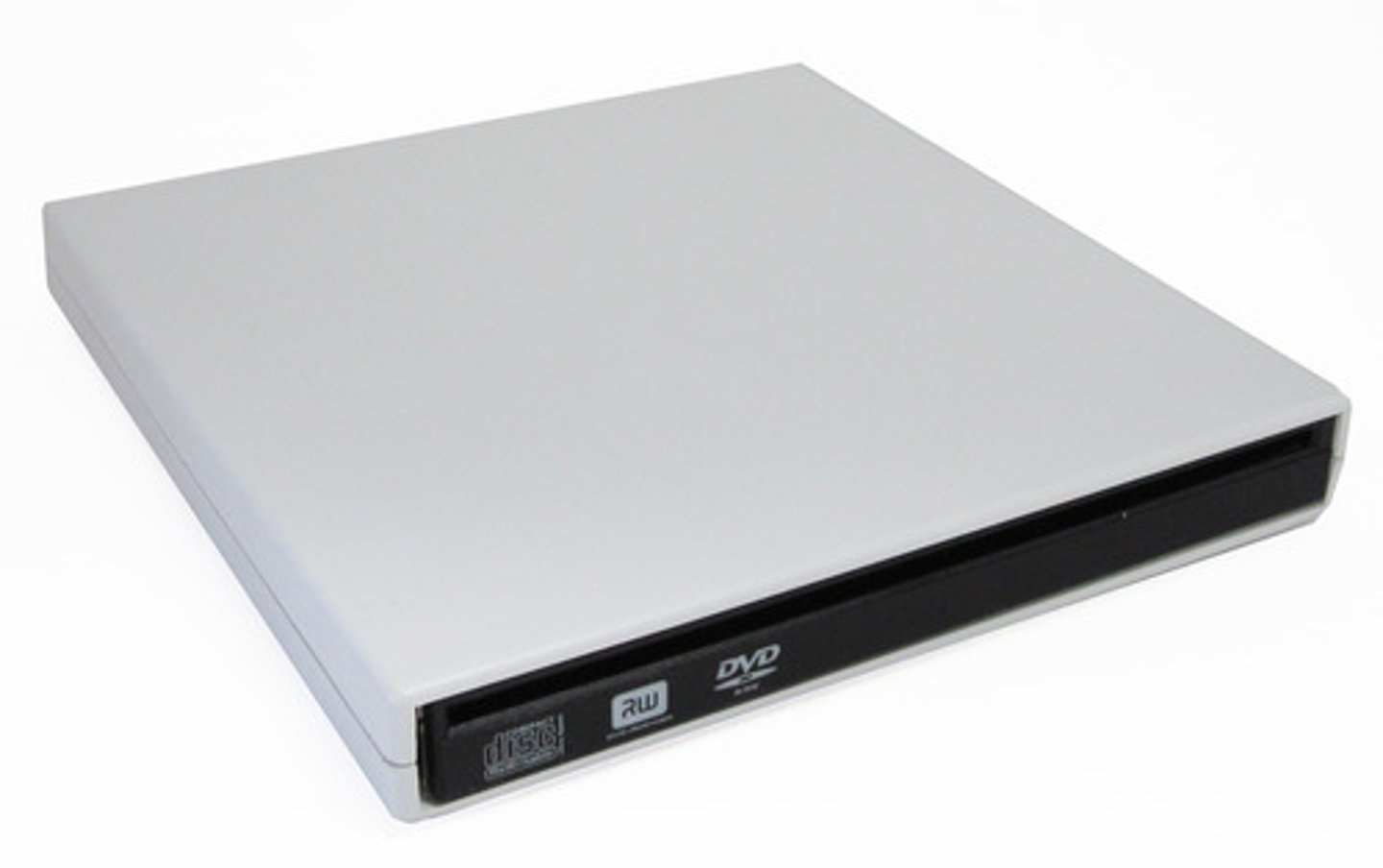
pixel
short for picture element; a single imaging element (single dot in a newspaper picture) that can be identified by a computer. the more pixels per picture area, the higher the picture quality.
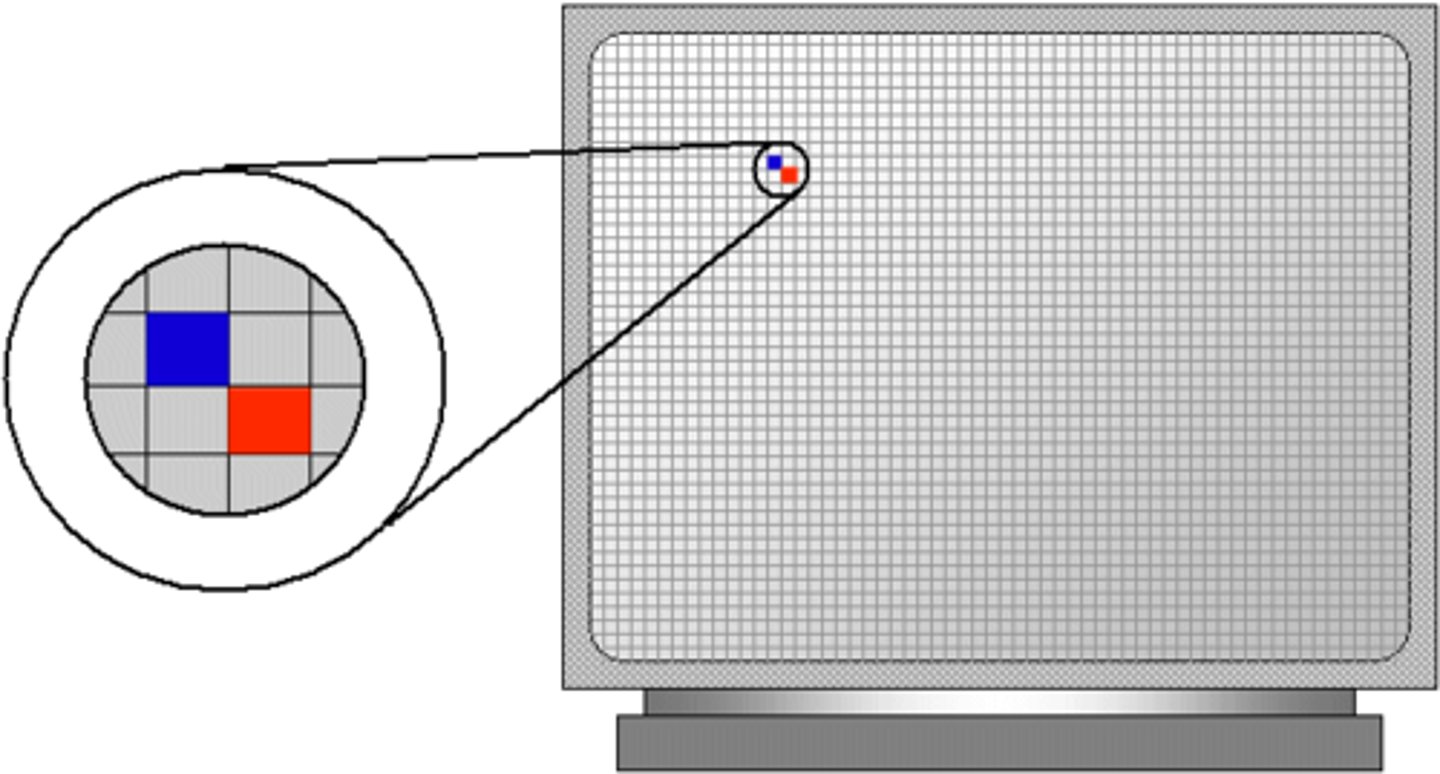
resolution
(basically definition) the measurement of picture detail, expressed in the number of pixels per scanning line and the number of visible scanning lines. resolution is influenced by the imaging device, the lens, and the tv set that shows the camera picture.

saturation
the color attribute that describes a color's richness or strength
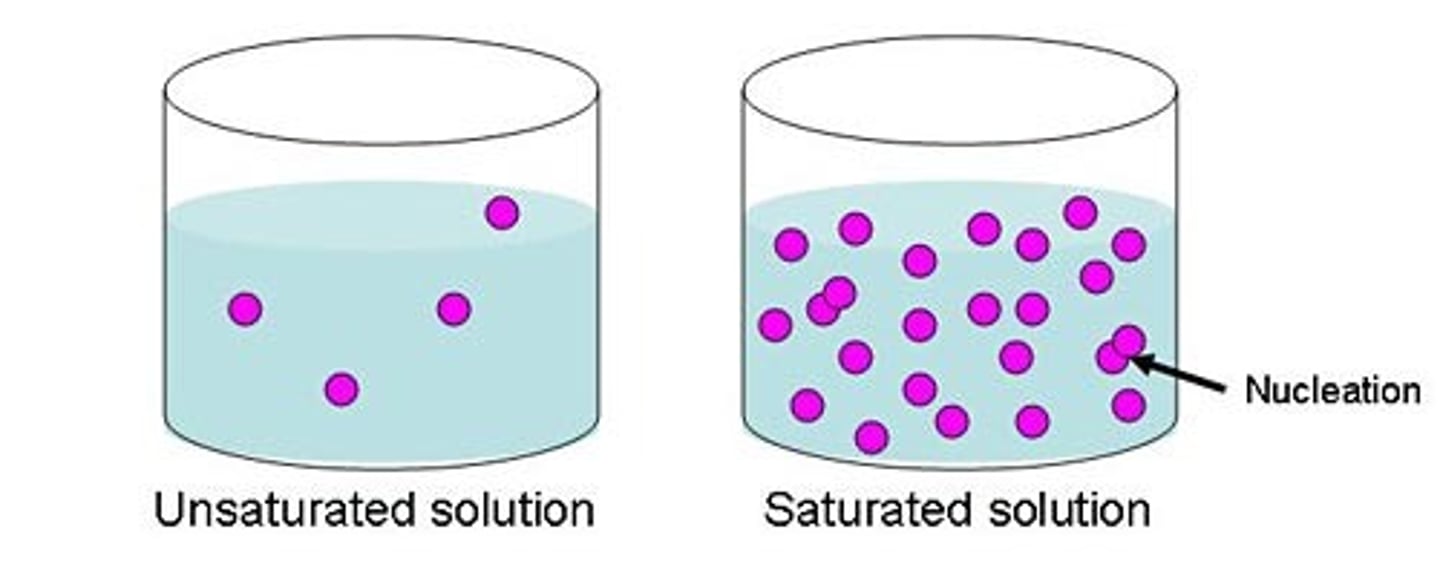
sensor
the ccd or cmos imaging device in a video camera
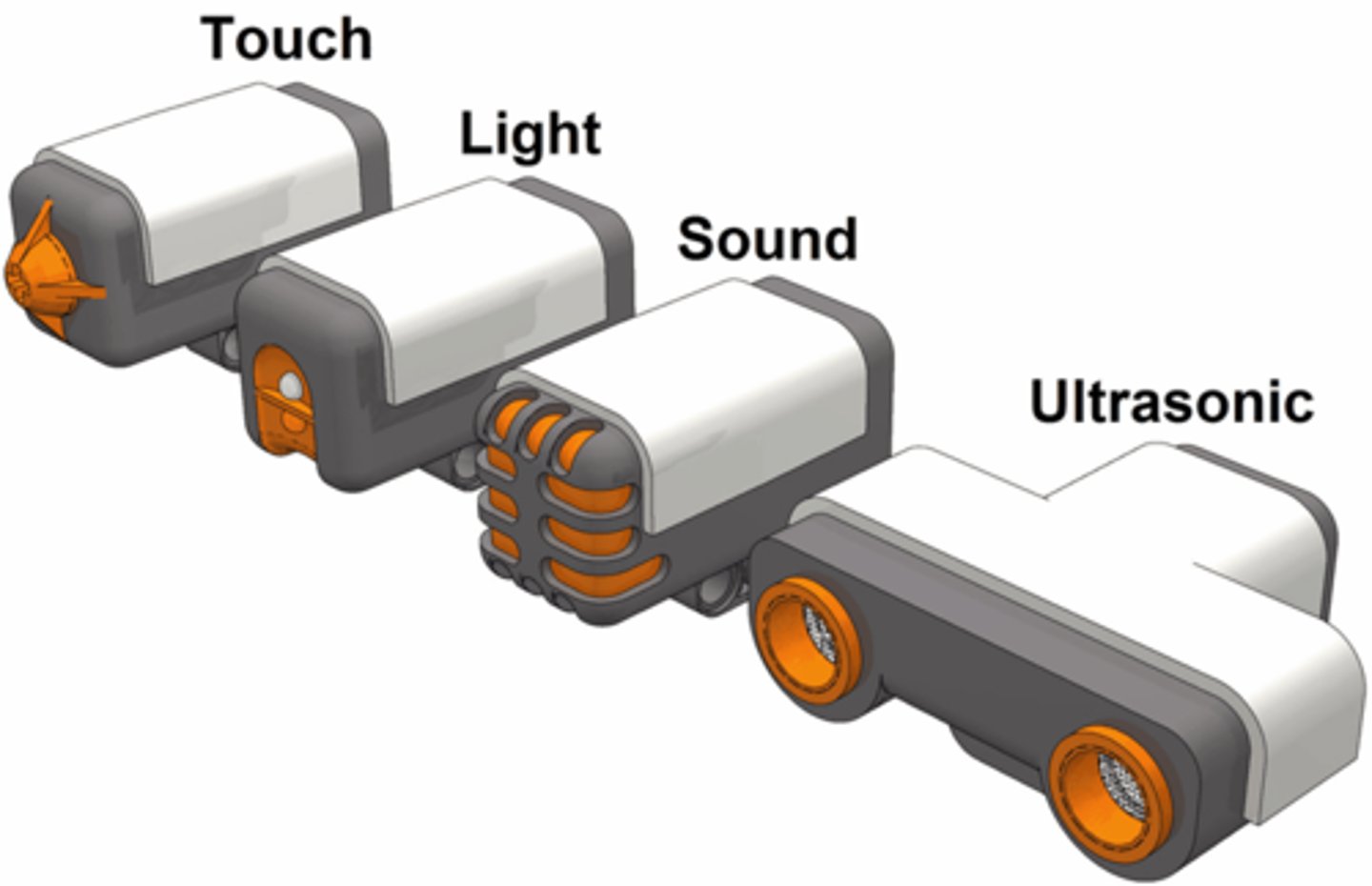
standard television
a system based on the NTSC scanning system of 525 interlaced lines
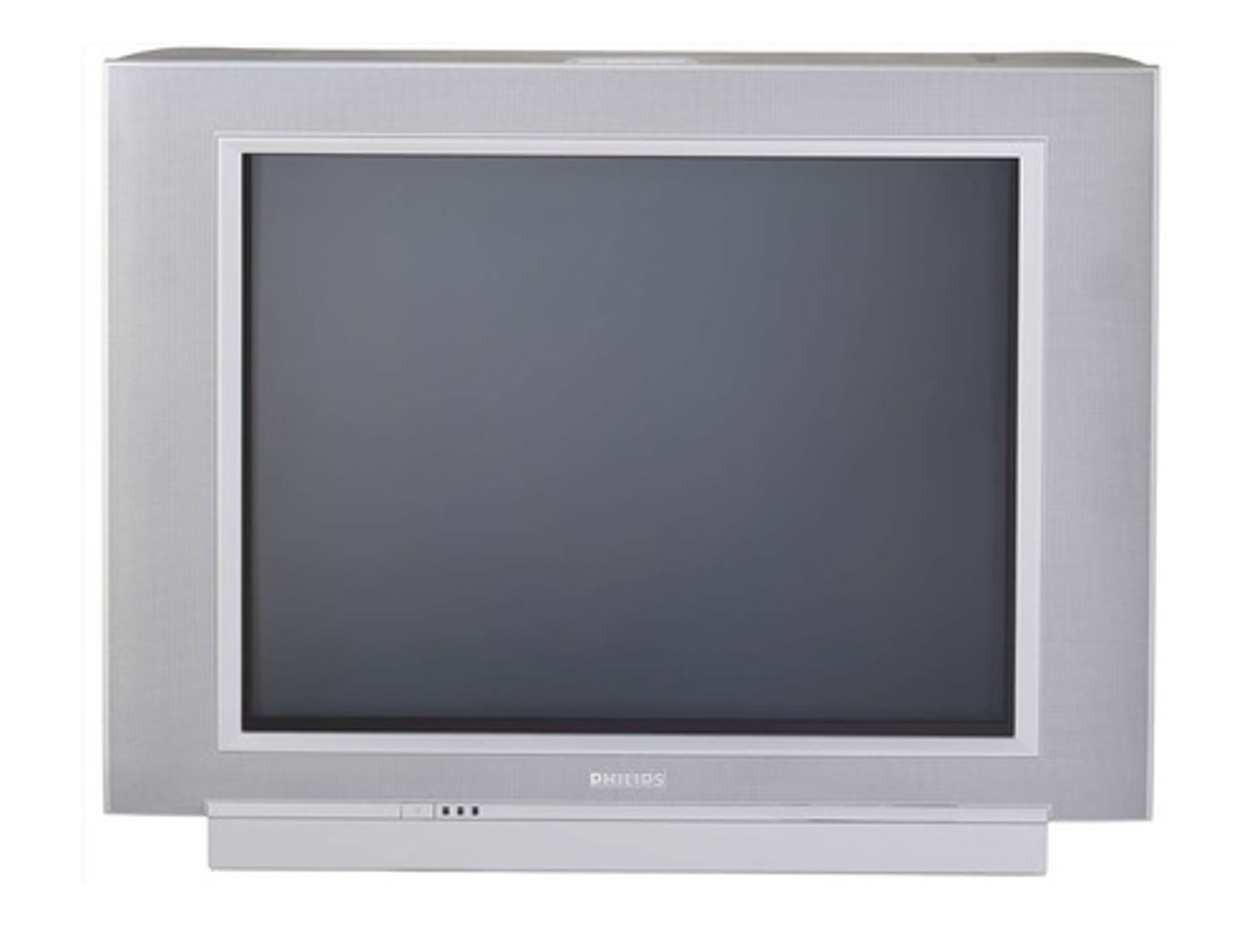
studio camera
high quality camera with a large zooms lens that cannot be maneuvered properly without the aid of a studio pedestal or mount
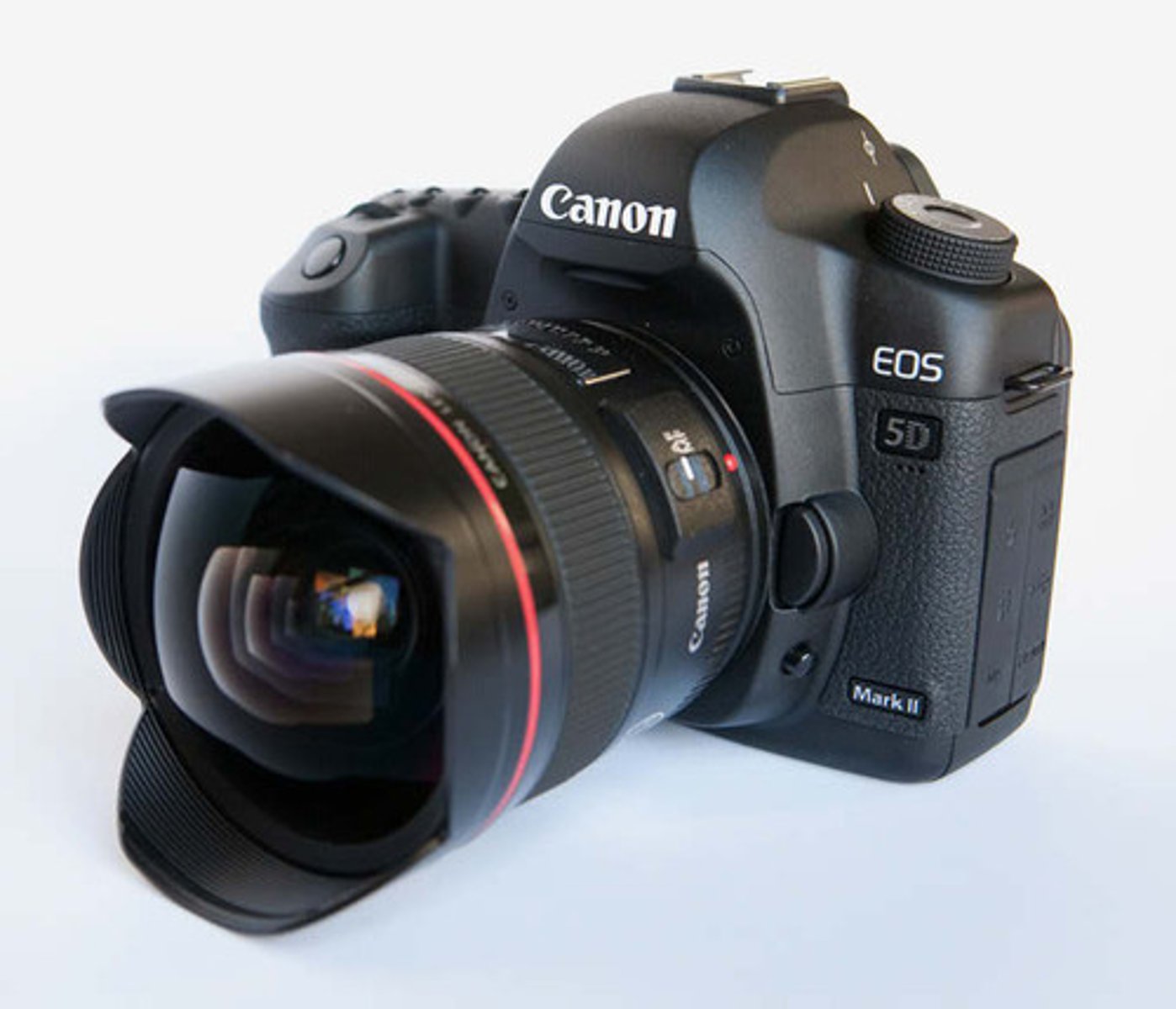
sync generator
part of the camera chain; produces an electronic synchronization signal, which keeps all scanning in step
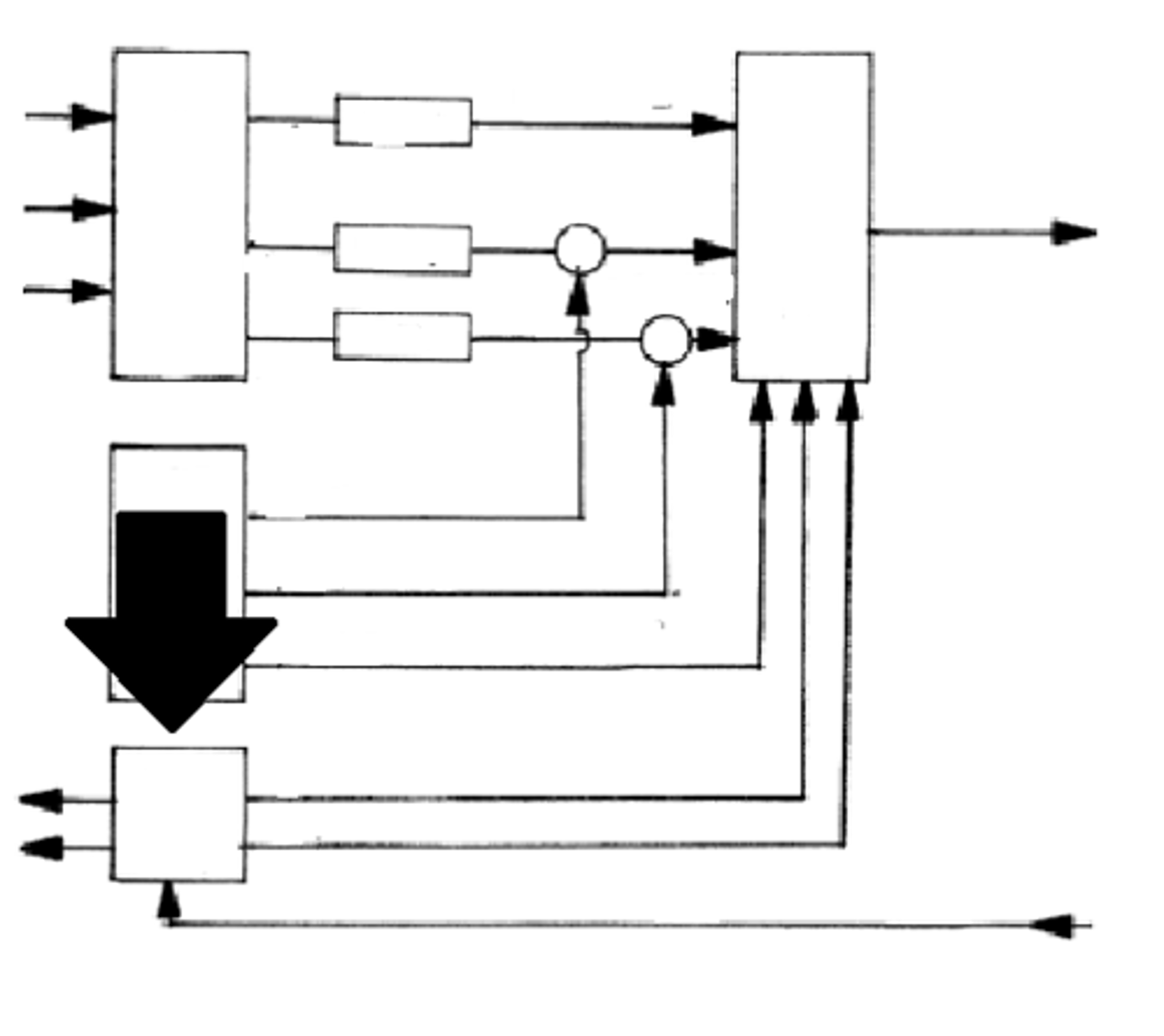
white balance
the adjustments of the color circuits in the camera to produce a white color in lighting of various color temperatures (relative reddish or bluishness of white light)
